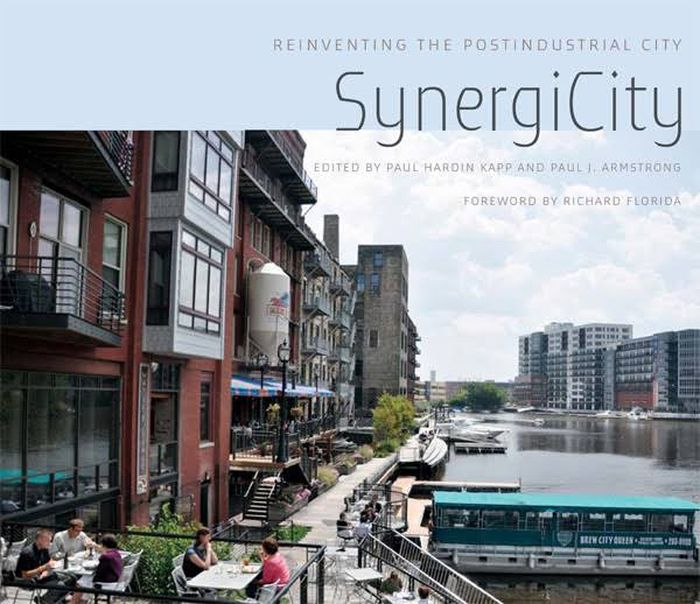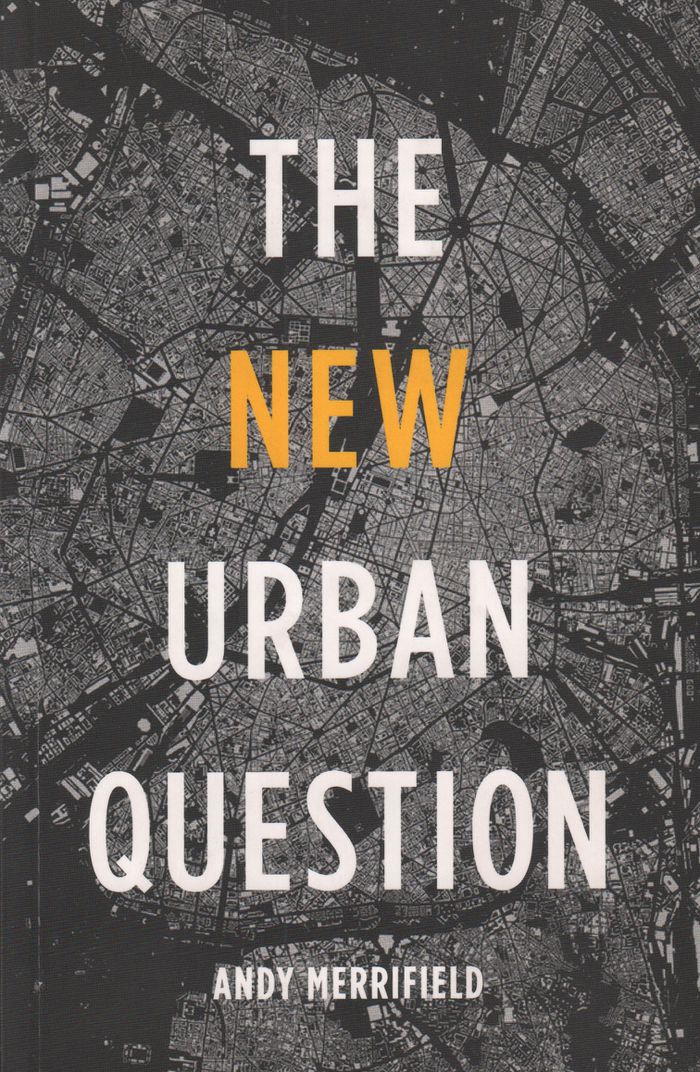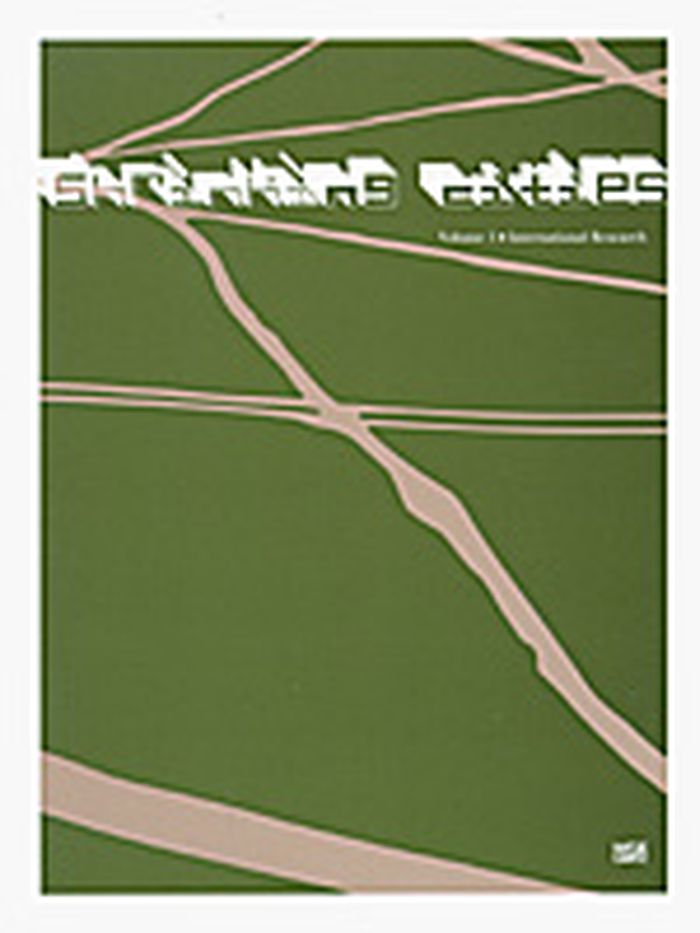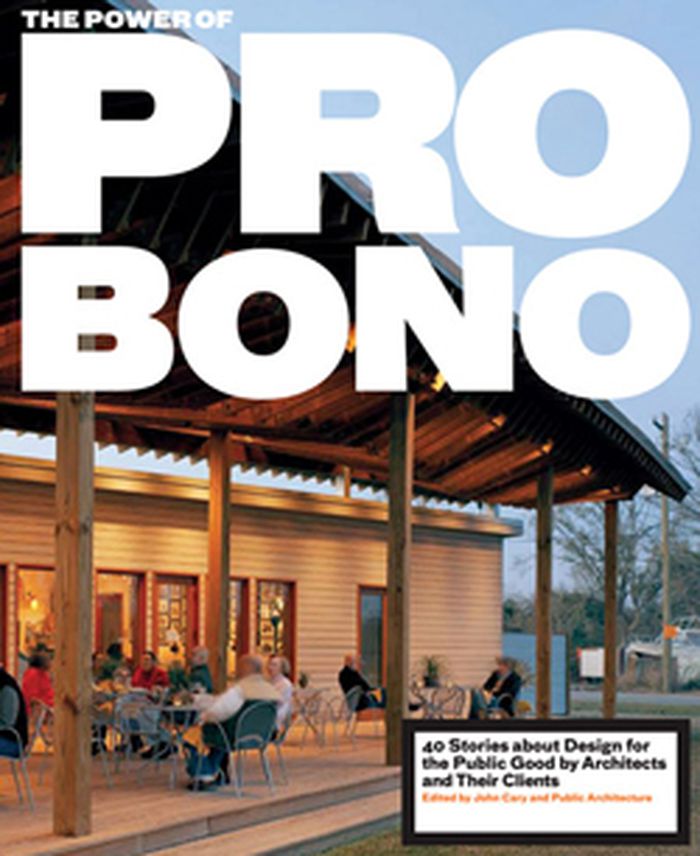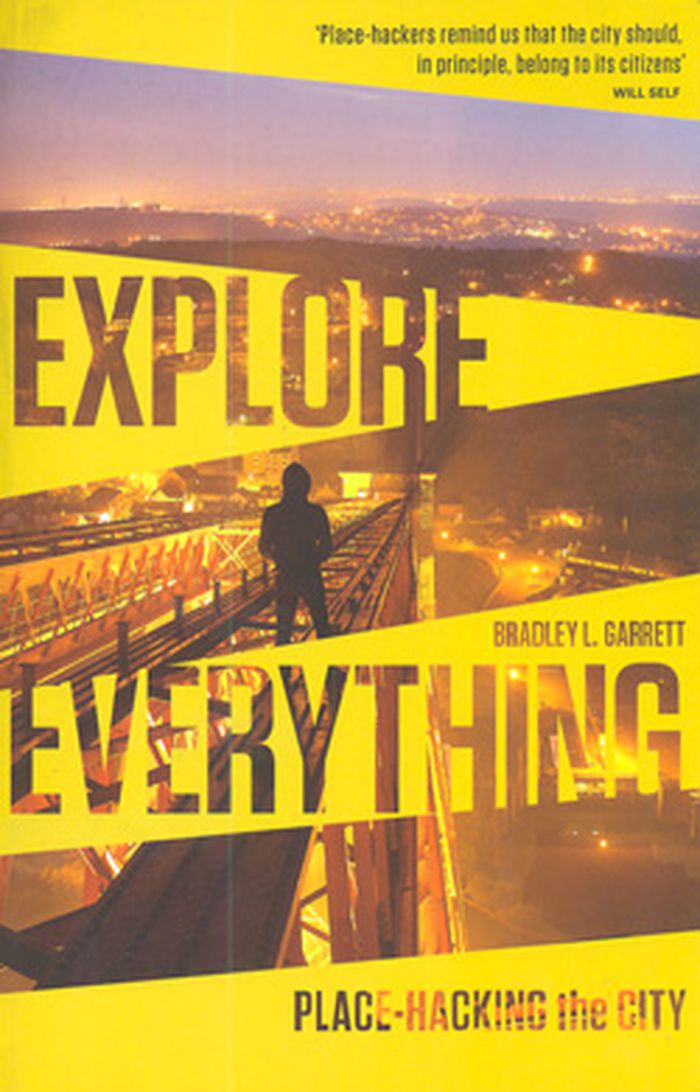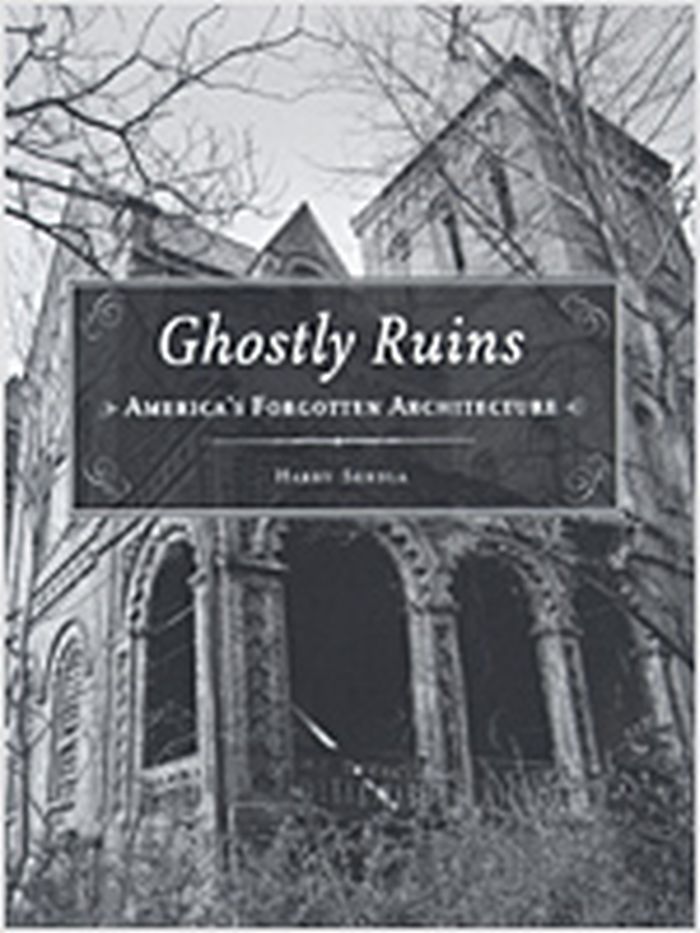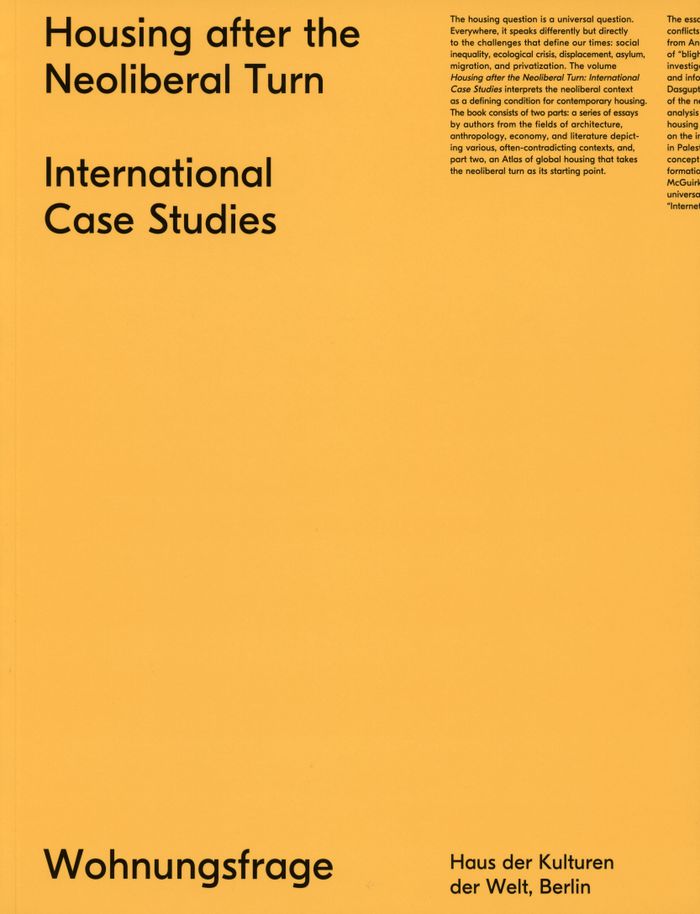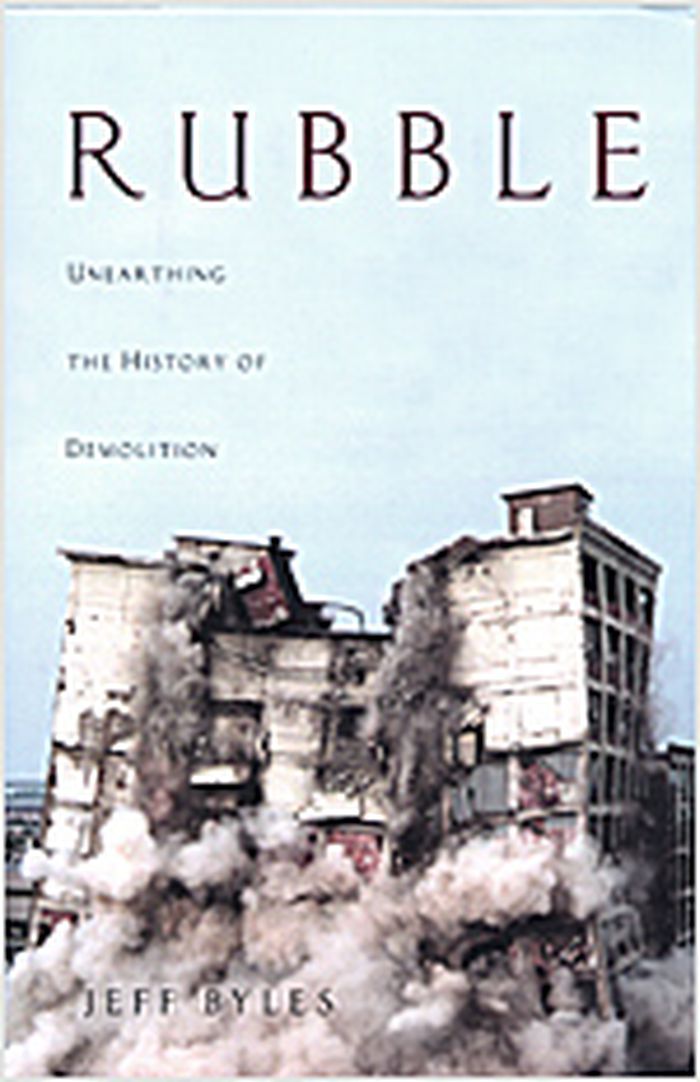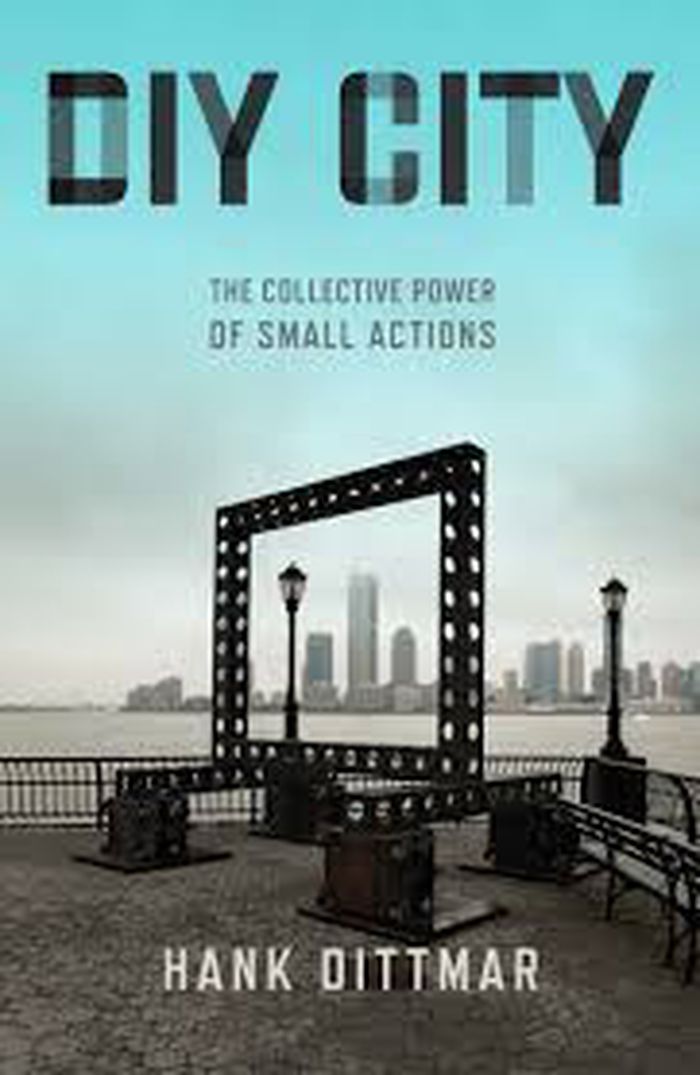$63.00
(available in store)
Summary:
'SynergiCity: Reinventing the Postindustrial City' proposes a new and invigorating vision of urbanism, architectural design, and urban revitalization in twenty-first-century America. Culling transformative ideas from the realms of historic preservation, sustainability, ecological urbanism, and the innovation economy, Paul Hardin Kapp and Paul J. Armstrong present a(...)
SynergiCity: reinventing the postindustrial city
Actions:
Price:
$63.00
(available in store)
Summary:
'SynergiCity: Reinventing the Postindustrial City' proposes a new and invigorating vision of urbanism, architectural design, and urban revitalization in twenty-first-century America. Culling transformative ideas from the realms of historic preservation, sustainability, ecological urbanism, and the innovation economy, Paul Hardin Kapp and Paul J. Armstrong present a holistic vision for restoring industrial cities suffering from population decline back into stimulating and productive places to live and work. With a particular emphasis on the Rust Belt of the American Midwest, SynergiCity argues that cities such as Detroit, St. Louis, and Peoria must redefine themselves to be globally competitive. This revitalization is possible through environmentally and economically sustainable restoration of industrial areas and warehouse districts for commercial, research, light industrial, and residential uses.
Urban Theory
The new urban question
$47.00
(available to order)
Summary:
"The New Urban Question" is an exuberant and illuminating adventure through our current global urban condition, tracing the connections between radical urban theory and political activism. From Haussmann's attempts to use urban planning to rid 19th-century Paris of workers revolution to the contemporary metropolis, including urban disaster-zones such as downtown Detroit,(...)
The new urban question
Actions:
Price:
$47.00
(available to order)
Summary:
"The New Urban Question" is an exuberant and illuminating adventure through our current global urban condition, tracing the connections between radical urban theory and political activism. From Haussmann's attempts to use urban planning to rid 19th-century Paris of workers revolution to the contemporary metropolis, including urban disaster-zones such as downtown Detroit, Merrifield reveals how the urban experience has been profoundly shaped by class antagonism and been the battle-ground for conspiracies, revolts and social eruptions. Going beyond the work of earlier urban theorists such as Manuel Castells, Merrifield identifies the new urban question that has emerged and demands urgent attention, as the city becomes a site of active plunder by capital and the setting for new forms of urban struggle, from Occupy to the Indignados.
Urban Theory
$64.00
(available to order)
Summary:
From Great Britain, Belgium, Finland, and Italy to Russia, Kazakhstan, and China, cities are shrinking everywhere. While urban-planning debates of recent years have mainly focused on the growth of the megalopolis, in other places zones of shrinkage were actually developing. Enormous population losses and high unemployment contribute to this process, which is further(...)
Shrinking cities, volume one : international research
Actions:
Price:
$64.00
(available to order)
Summary:
From Great Britain, Belgium, Finland, and Italy to Russia, Kazakhstan, and China, cities are shrinking everywhere. While urban-planning debates of recent years have mainly focused on the growth of the megalopolis, in other places zones of shrinkage were actually developing. Enormous population losses and high unemployment contribute to this process, which is further accelerated by globalization and the transition to post-Socialism. This book examines the causes and dynamics of the shrinking process for the first time on an international level. Citing concrete examples from Manchester and Liverpool in Great Britain, Detroit in the United States, Ivanovo in Russia, and Halle and Leipzig in Germany, it compares living conditions and cultural change in shrinking urban regions. Artistic intercessions help sensitize the public to a global phenomenon which poses a completely new social challenge.
Urban Theory
Very very bad news
$63.95
(available to order)
Summary:
In this sequel to "Good News (always read the fine print)", photographer Jordi Bernadó revamps his personal viewpoint in order to make another tour around the world and to demonstrate that the details hidden in minute type at the bottom of the page can and should be read. The shanty towns of Brazil, the peep shows of Barcelona, the beaches of Cape Town and Sydney, the(...)
Very very bad news
Actions:
Price:
$63.95
(available to order)
Summary:
In this sequel to "Good News (always read the fine print)", photographer Jordi Bernadó revamps his personal viewpoint in order to make another tour around the world and to demonstrate that the details hidden in minute type at the bottom of the page can and should be read. The shanty towns of Brazil, the peep shows of Barcelona, the beaches of Cape Town and Sydney, the downtown core of Detroit, the ruins of Bucharest, and the subterranean world of Nagoya coalesce here to form a unique landscape. Reproduced in pairs, juxtaposing images from joint but different trips, the photographs in "Very Very Bad News" share a single fixation: contriving, by means of what can be read between two images, to accentuate the insistence on portraying the black side of apparent normality.
Photography monographs
The power of pro bono
$48.00
(available in store)
Summary:
The Power of Pro Bono presents 40 pro bono design projects across the country. The clients include grassroots community organizations like the Homeless Prenatal Program of San Francisco, as well as national and international nonprofits, among them Goodwill, Habitat for Humanity, KIPP Schools and Planned Parenthood. These public-interest projects were designed by a range(...)
October 2010
The power of pro bono
Actions:
Price:
$48.00
(available in store)
Summary:
The Power of Pro Bono presents 40 pro bono design projects across the country. The clients include grassroots community organizations like the Homeless Prenatal Program of San Francisco, as well as national and international nonprofits, among them Goodwill, Habitat for Humanity, KIPP Schools and Planned Parenthood. These public-interest projects were designed by a range of award-winning practices, from SHoP Architects in New York and Studio Gang in Chicago, to young studios including Stephen Dalton Architects in Southern California and Hathorne Architects in Detroit, to some of the largest firms in the country, such as Gensler, HOK and Perkins + Will. This book is inspired and informed by the advocacy and design work of Public Architecture, a national nonprofit founded in 2002 by San Francisco-based architect John Peterson.
$23.95
(available to order)
Summary:
It is assumed that every inch of the world has been explored and charted; that there is nowhere new to go. But perhaps it is the everyday places around us—the cities we live in—that need to be rediscovered. What does it feel like to find the city’s edge, to explore its forgotten tunnels and scale unfinished skyscrapers high above the metropolis? Explore Everything(...)
Explore everything: place-hacking the city
Actions:
Price:
$23.95
(available to order)
Summary:
It is assumed that every inch of the world has been explored and charted; that there is nowhere new to go. But perhaps it is the everyday places around us—the cities we live in—that need to be rediscovered. What does it feel like to find the city’s edge, to explore its forgotten tunnels and scale unfinished skyscrapers high above the metropolis? Explore Everything reclaims the city, recasting it as a place for endless adventure. Plotting expeditions from London, Paris, Berlin, Detroit, Chicago, Las Vegas and Los Angeles, Bradley L. Garrett has evaded urban security in order to experience the city in ways beyond the boundaries of conventional life. He calls it ‘place hacking’: the recoding of closed, secret, hidden and forgotten urban space to make them realms of opportunity.
Urban Theory
$33.50
(available to order)
Summary:
"Ghostly ruins" shows the life and death of thirty structures, from transportation depots, factories, and jails to amusement parks, mansions, hotels, and entire towns. Author Harry Skrdla gives a guided tour of these structures at their peak of popularity juxtaposed with their current state. Structures discussed include the infamous Eastern State Penitentiary and(...)
October 2006, New York
Ghostly ruins : America's forgotten architecture
Actions:
Price:
$33.50
(available to order)
Summary:
"Ghostly ruins" shows the life and death of thirty structures, from transportation depots, factories, and jails to amusement parks, mansions, hotels, and entire towns. Author Harry Skrdla gives a guided tour of these structures at their peak of popularity juxtaposed with their current state. Structures discussed include the infamous Eastern State Penitentiary and Bethlehem Steel factory in Pennsylvania, the Packard Motors Plant and Book-Cadillac Hotel in Detroit, and Philip Johnson's New York State Pavilion from the 1964/65 World's Fair. There is the entire town of Centralia, Pennsylvania, where a trash fire set inside an old mine in 1962 morphed into an underground inferno that incinerated the town from underneath; more than forty years later, the subterranean fire still rages. The town is empty now, just as the many other abandoned places in this chronicle.
$36.00
(available to order)
Summary:
Housing speaks directly to the challenges that define our times: social inequality, ecological crisis, displacement, asylum, migration and privatization. Framing the neo-liberal context as a defining condition of contemporary housing, International Case Studies consists of two parts: a series of essays by authors from architecture, anthropology, economy and literature,(...)
Collective Housing
July 2016
Housing after the neoliberal turn: international case studies
Actions:
Price:
$36.00
(available to order)
Summary:
Housing speaks directly to the challenges that define our times: social inequality, ecological crisis, displacement, asylum, migration and privatization. Framing the neo-liberal context as a defining condition of contemporary housing, International Case Studies consists of two parts: a series of essays by authors from architecture, anthropology, economy and literature, and an “atlas” of global housing that takes neo-liberalism as its starting point. The essays shed light on the challenges and conflicts of contemporary housing production from Andrew Herscher’s research on the politics of “blight” in Detroit to Justin McGuirk’s text on domesticity as data and universal housing questions eclipse by the “Internet of Things.” Conceptualized and compiled by architectural critic-historian Anne Kockelkorn and Columbia professor Reinhold Martin, the illustrated “atlas” presents 33 housing examples rarely seen together and invites readers to think of housing as an unstable constellation evolving within the power relations of territorial processes.
Collective Housing
$6.99
(available to order)
Summary:
"Rubble" presents key episodes in the world of demolition. Stretching over more than five hundred years of razing and toppling, this story looks back to London’s Great Fire of 1666, where self-deputized wreckers artfully blew houses apart with barrels of gunpowder to halt the furious blaze, and spotlights the advent of dynamite - courtesy of demolition’s patron saint,(...)
Rubble : unearthing the history of demolition
Actions:
Price:
$6.99
(available to order)
Summary:
"Rubble" presents key episodes in the world of demolition. Stretching over more than five hundred years of razing and toppling, this story looks back to London’s Great Fire of 1666, where self-deputized wreckers artfully blew houses apart with barrels of gunpowder to halt the furious blaze, and spotlights the advent of dynamite - courtesy of demolition’s patron saint, Alfred Nobel - that would later fuel epochal feats of unbuilding such as the implosion of the infamous Pruitt-Igoe housing complex in St. Louis. Rubble also delves beyond these bravura blasts to survey the world-jarring invention of the wrecking ball; the oddly stirring ruin of New York’s old Pennsylvania Station, that potent symbol of the wrecker run amok; and the ever busy bulldozers in places as diverse as Detroit, Berlin, and the British countryside. "Rubble" is also an exploration of what happens when buildings fall, when monuments topple into memory, and when “destructive creativity” tears down to build again.
sale books
$37.95
(available in store)
Summary:
Some utopian plans have shaped our cities, from England's New Towns and Garden Cities to the Haussmann plan for Paris and the L'Enfant plan for Washington, DC. But these grand plans are the exception, and seldom turn out as envisioned by the utopian planner. Inviting city neighbourhoods are more often works of improvisation on a small scale. This type of bottom-up(...)
DIY city: The collective power of small actions
Actions:
Price:
$37.95
(available in store)
Summary:
Some utopian plans have shaped our cities, from England's New Towns and Garden Cities to the Haussmann plan for Paris and the L'Enfant plan for Washington, DC. But these grand plans are the exception, and seldom turn out as envisioned by the utopian planner. Inviting city neighbourhoods are more often works of improvisation on a small scale. This type of bottom-up development gives cities both their character and the ability to respond to sudden change. In DIY City, Hank Dittmar explains why individual initiative, small-scale business, and small development matter, using lively stories from his own experience and examples from recent history, such as the revival of Camden Lock in London and the nascent rebirth of Detroit. DIY City, Dittmar's last original work, captures the lessons he learned throughout the course of his varied career, from transit-oriented development to Lean Urbanism, that can be replicated to create cities where people can flourish.
Urban Theory
